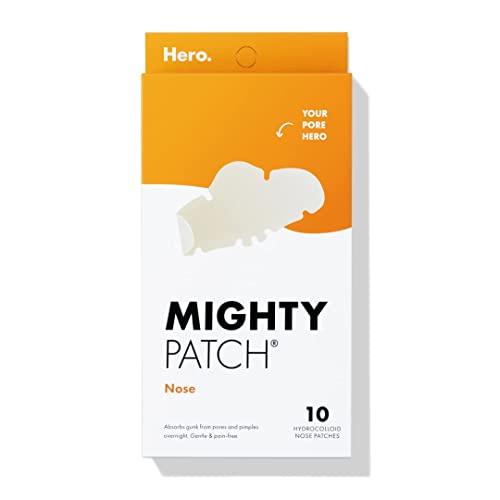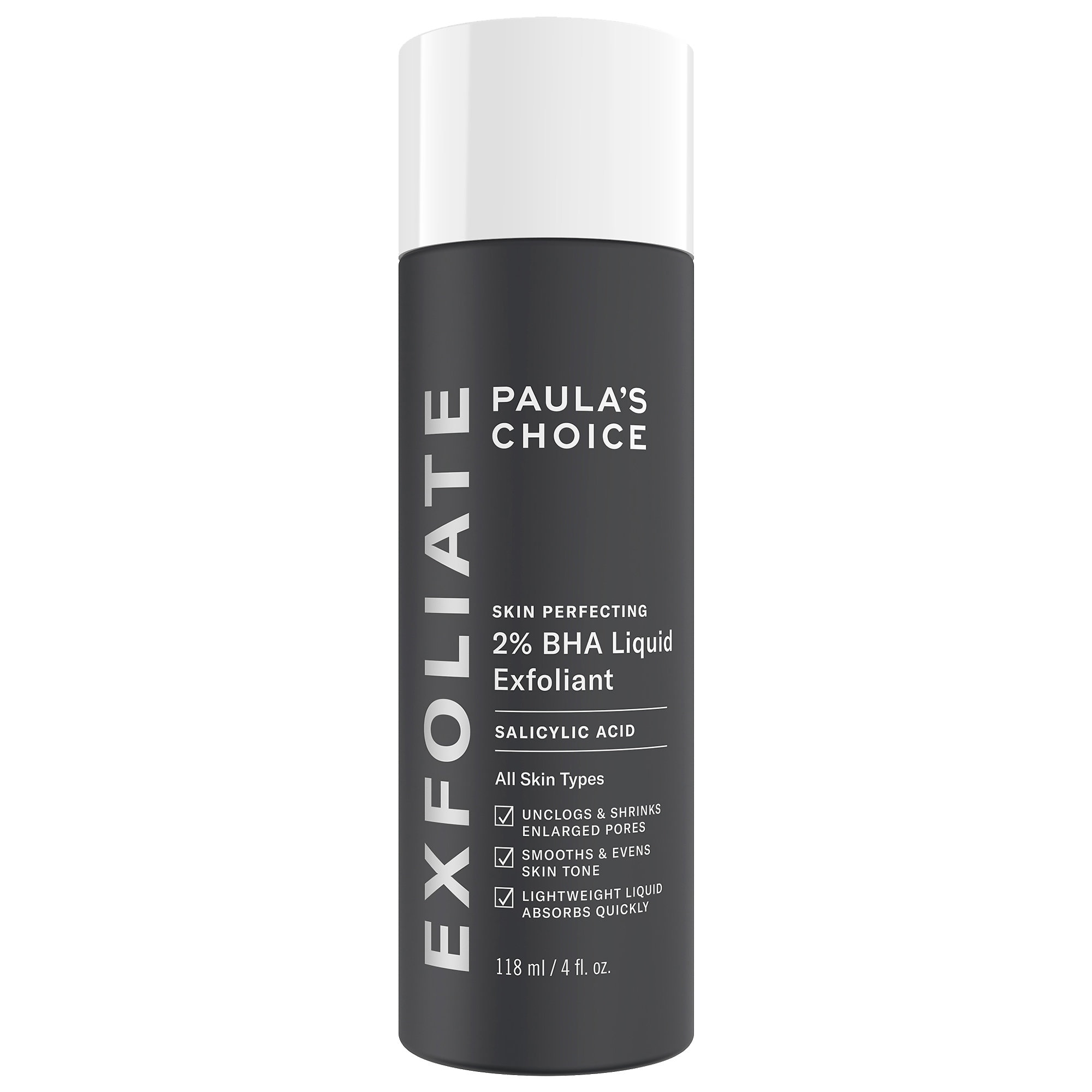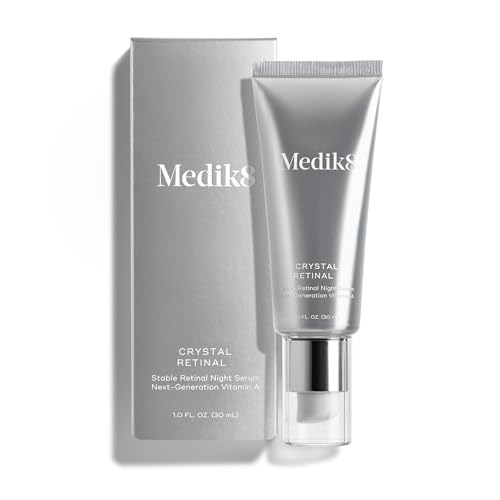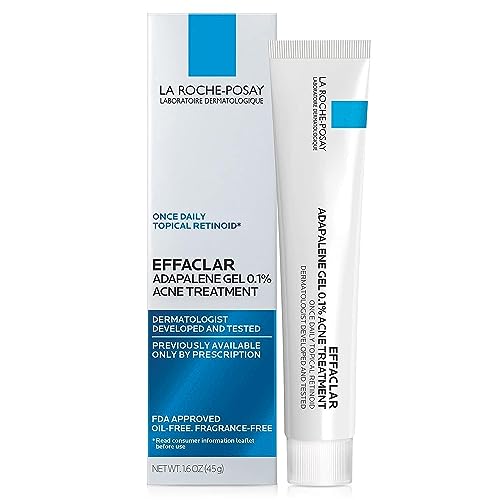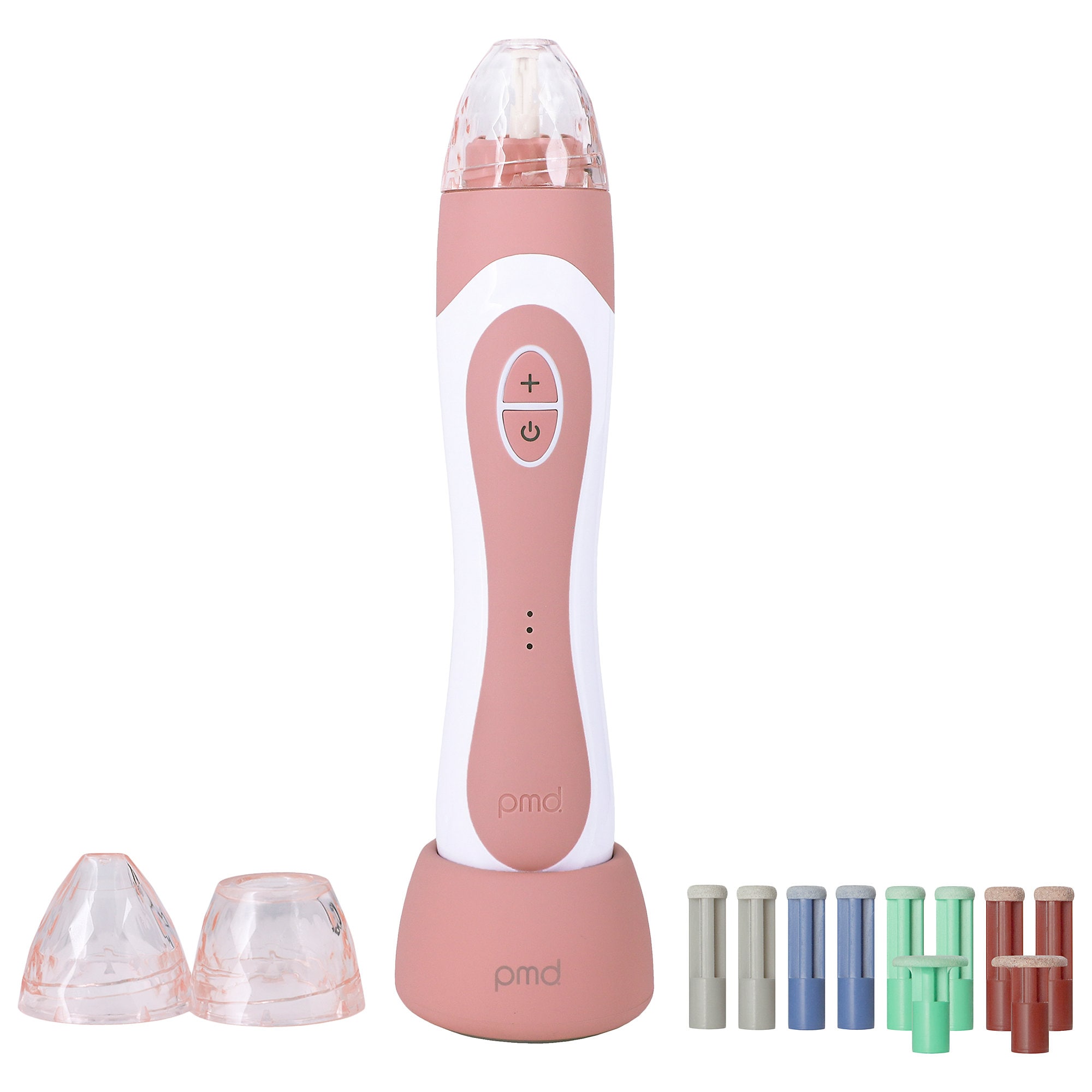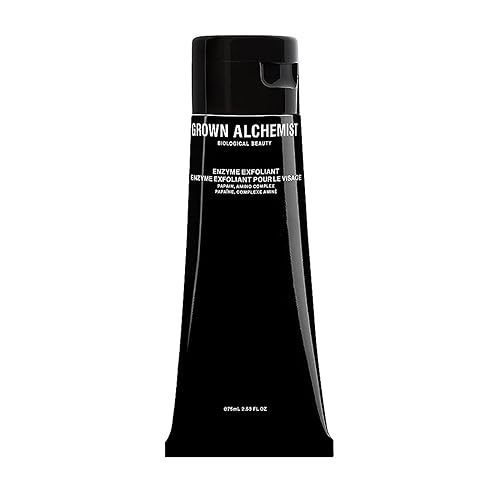Dermatologists Swear By This Quick and Easy Fix to Unclog Your Pores
Cheers to a clearer complexion.


Try as you might, following every tip on how to minimize your pores or using the best primers for pore-blurring will not actually change the size of your pores. “The number of pores you have, along with the size of each pore, is genetically determined,” Mona Gohara, MD FAAD, a board-certified dermatologist, tells Marie Claire. The only real way to make your pores (which are totally normal, by the way) appear smaller is to learn how to unclog pores.
The reality is that pores can get stuffed up with oil, grime, grease, and dead skin cells. If you leave all that grossness festering inside, your pores will look larger and darker, which is never the goal. Thankfully, getting all that gunk out is a very doable task. All you need is a few helpful tweaks to your skincare routine.
We asked Dr. Gohara, along with board-certified dermatologists Mara Weinstein Velez, M.D. FAAD, Lian Mack, M.D. FAAD, Howard Murad, M.D. FAAD, and Lori Aliksanian, M.D. FAAD, for their best tips on how to unclog pores. Even better, it's likely that you already have everything you need to achieve a clearer complexion at home.
How to Unclog Pores
"People have this notion that their pores are large because they’re overstuffed with gunk, and they think if they remove that gunk, their pores will deflate and disappear,” says Dr. Gohara. "The idea that you can get rid of the stuff in your pores is a fallacy."
Still, there are easy, dermatologist-approved steps you can take to ensure your pores are as detoxed as possible, which will help your complexion appear clearer, more even, with tighter-looking pores.
Do a Double Cleanse
This is maybe the best advice I could ever give you: Daily cleansing (but not over-cleansing) will help remove pore-clogging dirt, oil, and makeup from your skin. If you want to take things a step further, try one of the best cleansing oils as your first step in an overall cleansing routine. These oils can clear away all that unwanted gunk and makeup while keeping the skin's beneficial natural oils in a healthy supply. Follow up with a gentle foaming cleanser for a squeaky clean (but not overly dry) complexion.
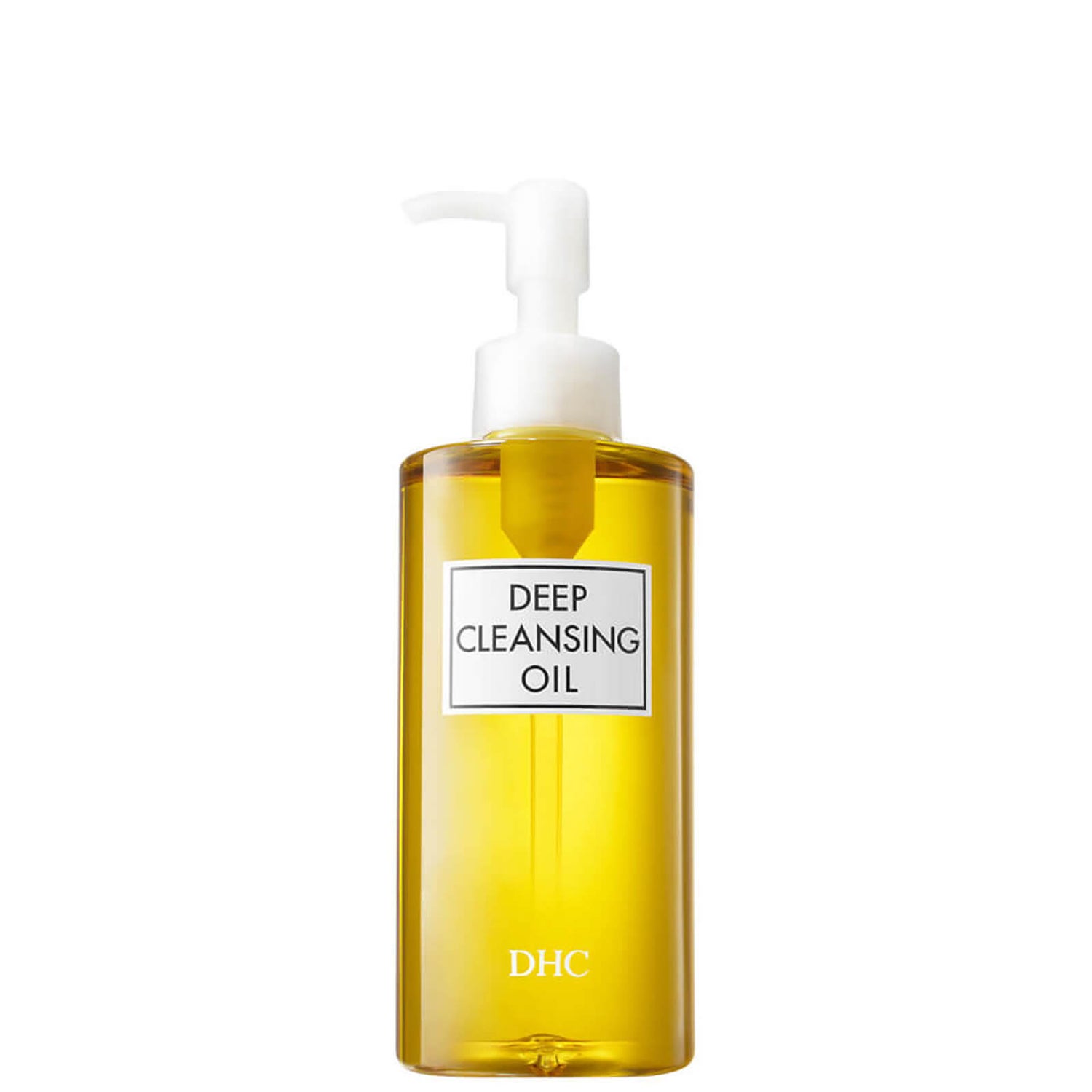
Emma Watson and Lucy Hale are among this oil cleanser’s celebrity fans, so you know it's good. Just a pump is all you need to remove even the most stubborn makeup. Once your cosmetics are washed away, you can sleep easy, knowing residue won’t clog your pores while you rest.

Step two of a double cleanse is a foaming cleanser, and it doesn’t get much better than this Ilia formula. Fortified with a hydrating sugar complex and plant-based surfactants, this product will help to keep your pores clear and your skin free of dirt, makeup, and debris.
Use a Pore Strip
Pore strips are a bit controversial in the beauty world. They are not advisable for those with sensitive skin, nor should they be considered a pore-declogging solution. But they can offer a momentary fix in a pinch.
Get exclusive access to fashion and beauty trends, hot-off-the-press celebrity news, and more.
The best pore strips will temporarily remove build-up, but they’re just a cosmetic band-aid. The oil will come right back to fill up the pore. “Your pores are like a bottle of soda—all these products do is take off the cap rather than empty the whole bottle. You’re still left with a clogged pore,” says Dr. Gohara. Still, they can help to improve the appearance of congestion when you need it most.
Try a Chemical Peel
A chemical peel is the quickest way to dissolve some of the buildup in your pores. You’ll want to visit the dermatologist’s office and seek out a glycolic or lactic acid peel. The former is stronger and not always ideal for darker skin; the latter is gentler and suitable for all skin tones. The acids found in a chemical peel are lipophilic—i.e. oil-loving—so they’re able to really penetrate the skin and dissolve dead skin cells, oils, and bacteria.
They won’t empty the whole soda bottle, to use Dr. Gohara's metaphor, but they’ll give you the closest thing to an “unclogged” pore as possible. Just be prepared for a little downtime; your skin might be irritated or a hint rosy for a day or two, depending on the strength of your peel. Be sure to avoid sun exposure and moisturize morning and night.
Try one of the best at-home chemical peels if you want a gentler version, rather than a professional-strength option.

Chances are, you’ve seen this chemical peel before. These convenient little wipes are formulated with salicylic acid and glycolic acid to deeply exfoliate skin. Definitely start out slow—once-a-week treatments are plenty for sensitive or dry skin. But the glowing results will speak for themselves.
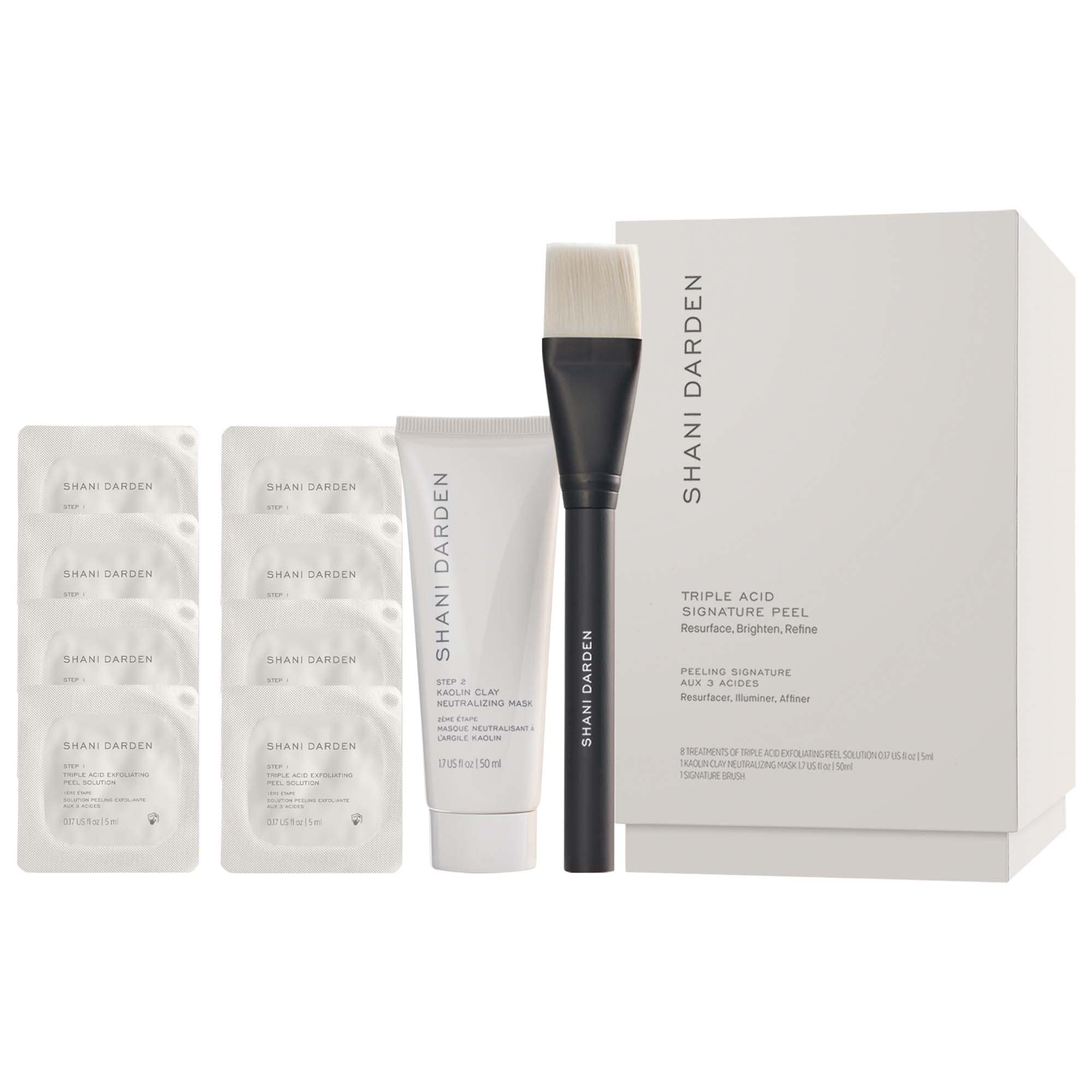
Shani Darden uses a more intense version of this peel while giving celebrity Met Gala facials, so you know it’s the real deal. The easy-to-use, at-home kit instantly makes my skin look brighter and clearer and requires no downtime whatsoever. (Read my full review of Shani Darden Triple Acid Signature Peel here.)
Add Acids Into Your Skincare Routine
A skincare routine for unclogging pores looks a lot like a skincare routine for acne. You'll want to use products that have salicylic or glycolic acid to exfoliate the skin. “On the skin, these acids break apart cellular connections, causing dead skin cells to slough off,” Cheri Frey, M.D. FAAD and board-certified dermatologist previously told MC. “They can penetrate oil glands and unclog pores.” You can find these ingredients in a cleanser, toner, or serum form, so there are many options to explore.
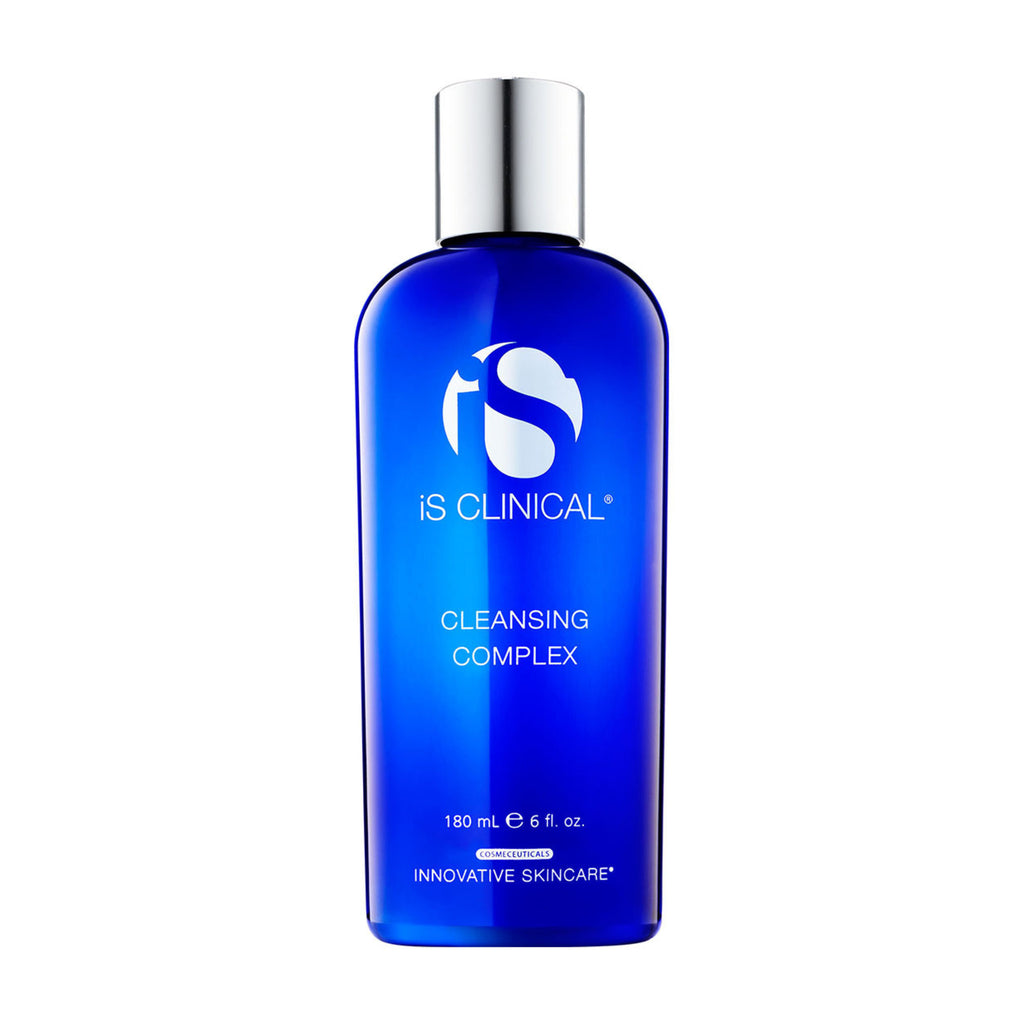
One of my favorite cleansers of all time (and a Marie Claire Skin Award winner), this multi-acid cleanser is proof that a deep clean doesn’t have to be abrasive. I wash my face with this cleanser twice a week and notice that the pores on my nose become much smoother.
Try a Retinol
A beloved ingredient by dermatologists and aestheticians, try incorporating a retinol into your nightly routine. It's an all-around anti-aging MVP. Along with the fine-line smoothing capabilities, retinol will amp up your collagen production and reduce the build-up of keratin debris (aka dead skin cells) to tighten pores slightly. While the long-term benefits are incredible (smoother, brighter, younger-looking skin), be cognizant of the purging period that can coincide with the first six weeks of retinol use. Scoop up a retinol at the drugstore or visit your dermatologist for a stronger, prescription version. Just be sure to apply one of the best sunscreens daily as your skin will be especially sensitive.
Use a Non-Comedogenic Moisturizer
Instead of trying to unclog your pores, why not stop them from clogging in the first place? Look for products labeled non-comedogenic, a fancy phrase that ultimately means a product is way less likely to block or clog your pores.
You’ll want to have an oil-free moisturizer in your routine since skipping hydration (even if you're oily) will only make matters worse. “When we don’t moisturize, our skin realizes it’s dry—especially after cleanser. If moisturizer is not applied and hydration is not replenished, our oil glands will go into overdrive and produce more oil,” explains Dr. Weinstein.
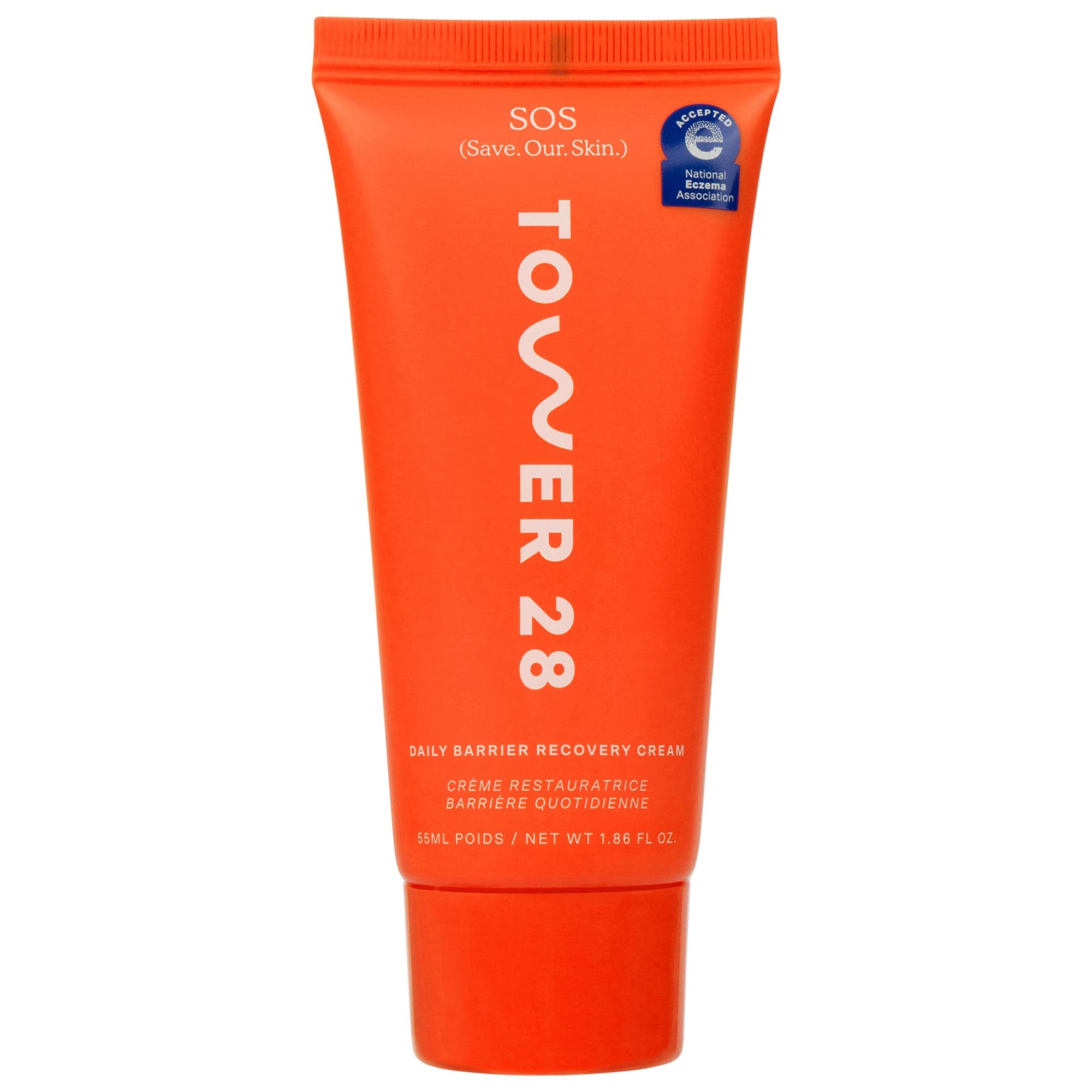
Regardless of your skin type or pore size, this affordable moisturizer is a worthwhile addition to your routine. It’s no-frills but will leave your skin feeling hydrated and healthy. It’s particularly great for those dealing with inflammatory acne—it’s redness-reducing and incredibly soothing.
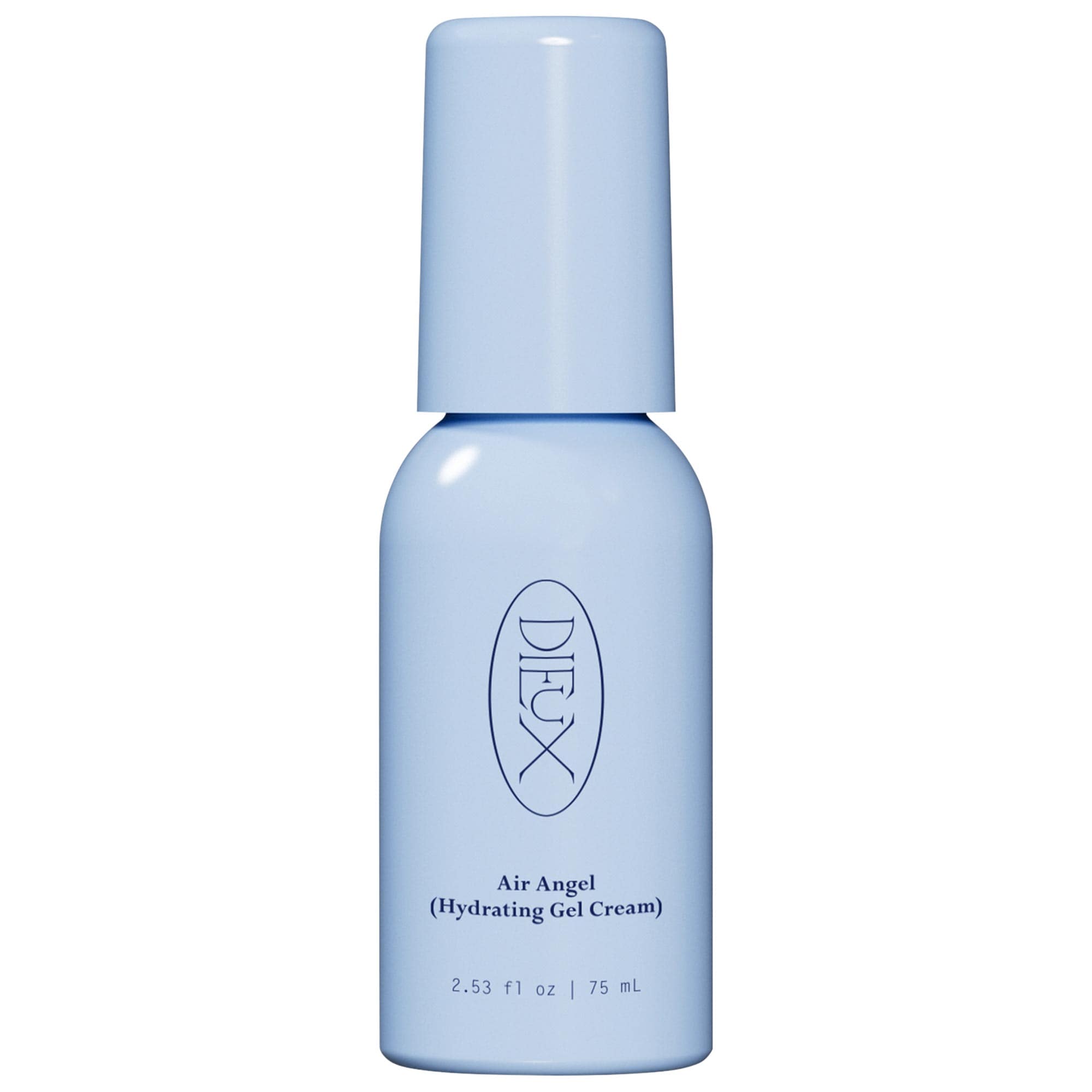
Formulated without common irritants like fragrance and oils, Dieux is a non-comedogenic hydrator that fits in seamlessly with the rest of your skincare routine. I love the velvety soft texture, and I find that it’s lightweight enough to wear in the summer heat. If your skin is on the oily side, this is also a stellar option in the colder months.
Grab a Pore Vacuum
There is a way to suck up the contents of your pores. Do all dermatologists recommend it? No—but if your skin isn't sensitive (and you use one of the best pore vacuums!), you should be fine. "People with balanced, well-moisturized skin and very mild blackheads can try pore vacuums," says Dr. Aliksanian. "I'd recommend using just one pass to see how your skin tolerates the pressure and try using the lowest setting over the entire area the first few times."
We're also big fans of professional pore vacuuming treatments like the Diamond Glow facial, which a licensed aesthetician performs at their studio or office.

Foreo makes some of the best facial devices (I’m a huge fan of the Foreo Bear), and this pore vacuum is no exception. It’s great on blackheads, and as an added bonus, the device provides a blue light treatment that kills acne-causing bacteria.
Incorporate a Clay Mask
Clay masks are best for oily and acne-prone skin. They help absorb excess oil and draw out impurities. Just make sure to follow the instructions on whatever clay mask you choose—these babies can be incredibly drying, and you don't want to leave them on any longer than recommended.
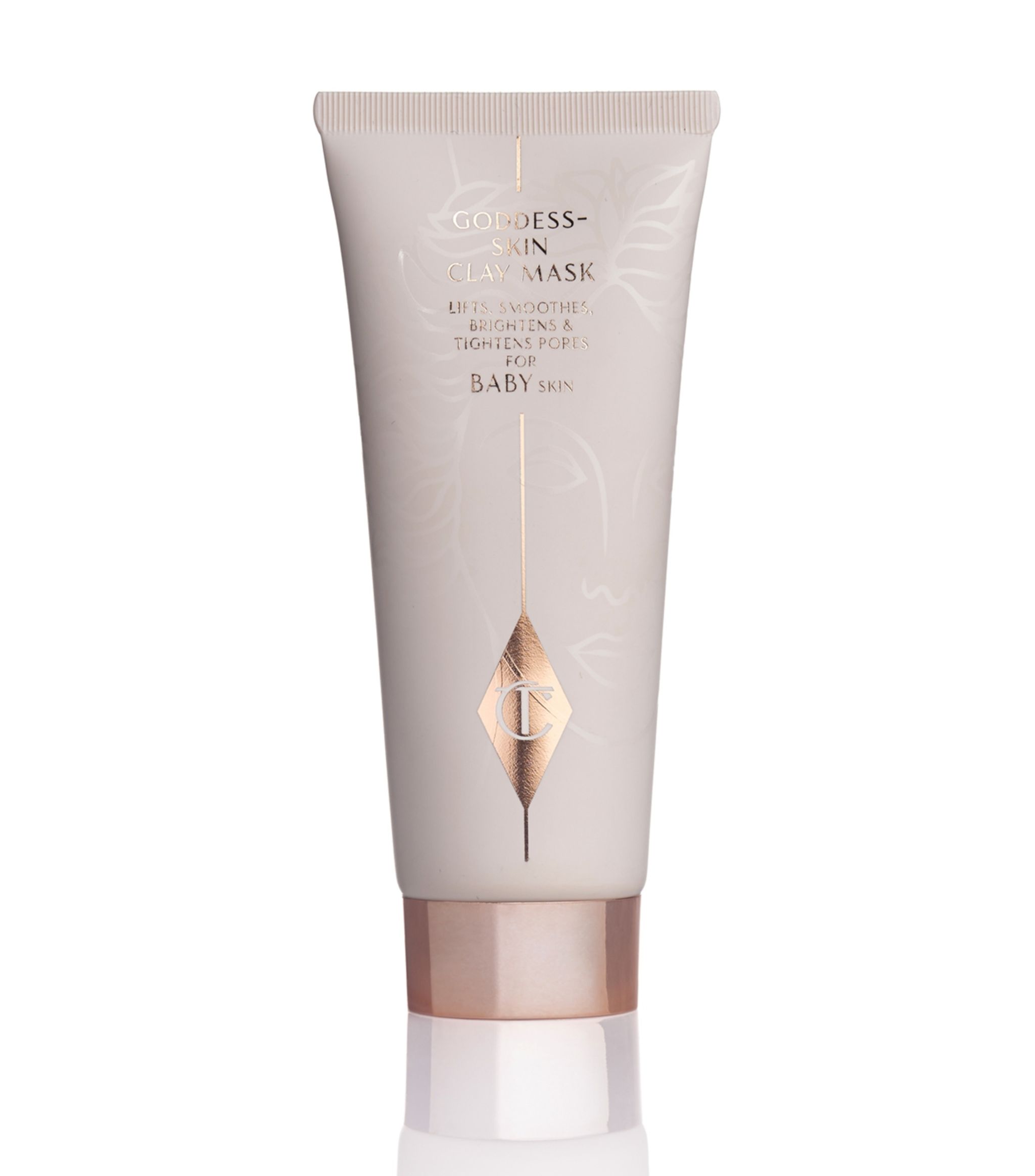
Named one of Marie Claire’s best clay masks, this gentle detox will leave your skin glowing. It uses Spanish clay to draw out impurities over 10 minutes. Once you wash it off, your pores will look so much smaller and your complexion will feel so clear and even.

Zinc, green clay, and grape water combine to create one of the most effective clay masks you’ll ever try. Not only does this help detox pores, but it will also balance your oil production when used regularly. Our Beauty Director, Hannah Baxter, swears by this for a Sunday spa day treatment to keep her skin looking clear and glowy.
Get Professional Extractions
There's nothing I love more than a satisfying pimple pop. But, I've learned it's best left to the pros—especially when dealing with blackheads or sebaceous filaments in the T-zone. "Clogged pores are a result of compacted oil, dead skin cells, and bacteria, so expressing the oil often helps to improve them," explains Dr. Mack. Depending on the severity of the congestion, you can get extractions every four to six weeks. You may have a slight redness or swelling directly after your appointment, but it should fade quickly.
Try a Physical Scrub
A chemical exfoliant—like glycolic or lactic acid—is one way to get the gunk and dead skin cells out of your pores. Another option: use a physical exfoliant to manually detox your clogged pores. "Most physical exfoliants use beads, sugar granules, and powders to promote the physical turnover of cells," says Dr. Mack. Use them sparingly (think: two to three times a week), and you'll be less likely to irritate your complexion. Your skin will feel buffed and smooth, and the sensation is oh-so-satisfying.
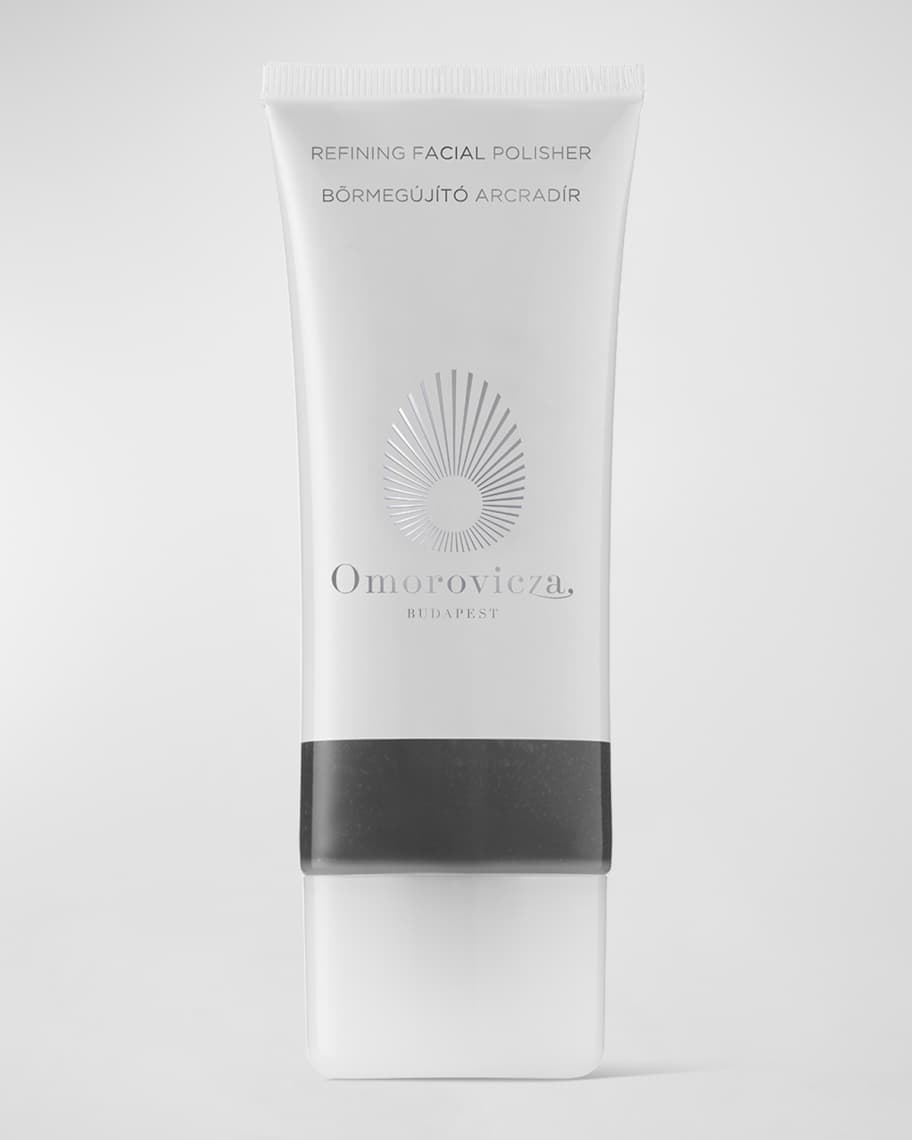
This luxe facial polish melts away dead skin cells with a little facial massage. It's non-irritating, and over time you'll notice that the power-house blend of ingredients actually helps regulate sebum production. The legendary Hungarian Moor Mud also detoxifies and balances skin for a healthy, luminous complexion.
Treat Yourself to a Hydrafacial
"Clarifying Hydrafacials and facials that combine steaming and manual extractions help treat clogged pores," says Dr. Mack. This facial has zero downtime and typically leaves skin glowing for a couple of weeks. The infusions are largely customizable, so you can choose serums that deliver extra detoxing, hydration, or calming properties.
Can You Change the Size of Your Pores?
I hate to be the bearer of bad news, but your pores have a fixed size. No facial or product will shrink them, but they can make them look smaller. "There are interventions that can change the appearance of your pores," board-certified dermatologist Nava Greenfield, MD, tells Marie Claire. By clearing out the debris, makeup, and dirt that enlarged your pores in the first place, the diameter naturally appears narrower.
How Do Pores Get Clogged?
A pore is essentially a little opening in the skin. Each pore has a hair follicle and a sebaceous gland responsible for producing oil. While the pore size is set in stone (sorry, but it's the truth), pores can get clogged and expand depending on your skincare routine, skin type, and daily habits. “The follicle can become blocked when oils, dirt, and bacteria accumulate inside the pore and expand the diameter,” Dr. Murad explains.
Having an oily or acne-prone skin type, not washing your face, or aging can all contribute to clogged pores as well.
What Does a Clogged Pore Look Like?
Clogged pores come in many shapes and sizes, but the most common types are either a blackhead or a whitehead, otherwise known as comedonal acne. “Blackheads and whiteheads are your foundational acne that leads to all other acne," says board-certified dermatologists Shari Marchbein, M.D. FAAD. "Even small acne can turn into cystic lesions and lead to scarring and pigmentation, so it’s worth treating even the most mild acne.”
Does Makeup Clog Pores?
Makeup labeled "non-comedogenic" shouldn't clog your pores—so long as you thoroughly cleanse your face at the end of the day. Letting heavy makeup sit on the skin for too long, will allow it to settle into your pores. Try one of the best cleansing oils and a face wash for your skin type to ensure your face is clean before bed.
Meet the Experts

After graduating from medical school with AOA honors, Dr. Mona Gohara did her dermatology training at Yale New Haven Hospital, where she served as chief resident. Dr. Gohara continues to teach at Yale where she holds a faculty appointment as an associate clinical professor. Dr. Gohara and her husband have two tween boys. Besides mothering and doctoring, she spends time watching her son’s basketball games, educating the public on skin health, skin cancer, and sun protection. She has done this through writing, lecturing on the local, national, and international level, and by engaging popular media.
Dr. Gohara serves as a medical expert for ELLE, Cosmopolitan, Vogue, O the Oprah Magazine, Good Housekeeping, Allure and Real Simple. She is on the advisory board of Women’s Health Magazine. Dr. Gohara serves as Vice President of the Women’s Dermatologic Society. She is an active member of The American Academy of Dermatology, where she chairs the Social Media Task Force, and The American Society For Dermatologic Surgery, where she chairs the Media Relations Work Group.

Mara C. Weinstein Velez, M.D., FAAD is a board-certified dermatologist who completed a prestigious Laser, Cosmetic and Dermatologic Surgery fellowship at SkinCare Physicians in Boston, with clinical faculty from the Harvard and Yale Departments of Dermatology. She is thrilled to be part of the Dermatology Department at the University of Rochester Medical Center and to serve as one of the only Fellowship-trained Cosmetic and Laser Surgeons in Western NY.She earned her bachelor's degree from Princeton University and completed her Dermatology residency training at the world-renowned Cleveland Clinic in Cleveland, OH. Dr. Weinstein has been invited to present at national professional meetings, published numerous articles in peer-reviewed journals and co-authored chapters in dermatologic textbooks including Surgery of the Skin, Treatment of Traumatic and Burn Scars and Procedures in Cosmetic Dermatology. She has been working in clinical research for over 4 years as both a sub-investigator and principal investigator and has participated in over 15 clinical research trials for state-of-the-art laser devices, minimally invasive cosmetic treatments and new acne medications.Dr. Weinstein has received numerous awards and achievements, including the Excellence in Teaching Award, Cleveland Clinic Foundation, the Women's Dermatology Society (WDS) Mentorship Award, and was most recently selected to be a part of the American Society for Dermatologic Surgery (ASDS) Future Leaders Network. She serves on the Board of Directors for the WDS and holds positions on Diversity, Networking, Fundraising and educational committees for national societies. Outside of work hours, Dr. Weinstein enjoys spending time with her husband and 3 children, exercising and traveling.

Lian Mack, MD is a board-certified dermatologist committed to excellence in comprehensive dermatological care. She holds a special interest in skin conditions as it applies to skin of color, as well as all aspects of aesthetic enhancements including neurotoxins, injectable fillers, and laser treatments. She has achieved a Master Injector Certification from Allergan, the largest makers of dermal fillers and Botox.
Dr. Mack graduated magna cum laude from Columbia University, Columbia College in the City of New York. She continued her postgraduate studies at Weill Cornell Medical College, during which she did a one-year research fellowship in melanoma research at the NYU School of Medicine. After a one-year internship at New York Hospital, she went on to complete her residency in Dermatology at St. Luke’s – Roosevelt Hospital Center where she served as Chief resident during her final year. Prior to GlamDerm, Dr. Mack worked in Chelsea alongside her mentor Dr. Michael Eidelman. Currently, she volunteers as an Assistant Professor of Clinical Dermatology at Mt. Sinai Medical Center.
Dr. Mack has authored numerous peer-reviewed journal articles and book chapters. She is a fellow of the American Academy of Dermatology, and a member of several professional societies including the American Society for Dermatologic Surgery, and has actively served as a member and on the board of the Women’s Dermatologic Society.

Dr. Murad founds Murad, Inc., the first brand of clinical skincare products, setting a new standard for high performance skincare.Dr. Murad launched what he called his “skincare revolution” at a speaking engagement at Esthetics’ West Expo in May of 1990. His manifesto was simple: “skincare is healthcare.” His vision was to bring skincare professionals of all stripes together to work as a team, using scientifically proven formulas and technologies, to help people achieve the healthiest, most beautiful skin possible.

Samantha Holender is the Senior Beauty Editor at Marie Claire, where she reports on the best new launches, dives into the science behind skincare, and shares the breakdown on the latest and greatest trends in the beauty space. She's studied up on every ingredient you'll find on INCI list and is constantly in search of the world's glowiest makeup products. She's constantly tracking the biggest nail and hair trends to pop up in the beauty space, going backstage during fashion weeks, tracking celebrity looks, and constantly talking to celebrity hair stylists, nail artists, and makeup artists. Prior to joining the team, she worked as Us Weekly’s Beauty and Style Editor, where she stayed on the pulse of pop culture and broke down celebrity beauty routines, hair transformations, and red carpet looks. Her words have also appeared on Popsugar, Makeup.com, Skincare.com, Delish.com, and Philadelphia Wedding. Samantha also serves as a board member for the American Society of Magazine Editors (ASME). She first joined the organization in 2018, when she worked as an editorial intern at Food Network Magazine and Pioneer Woman Magazine. Samantha has a degree in Journalism and Mass Communications from The George Washington University’s School of Media and Public Affairs. While at GWU, she was a founding member of the school’s HerCampus chapter and served as its President for four years. When she’s not deep in the beauty closet or swatching eyeshadows, you can find her obsessing over Real Housewives and all things Bravo. Keep up with her on Instagram @samholender.
- Sophia VilenskyFreelance Writer
- Chloe MetzgerBeauty Editor

